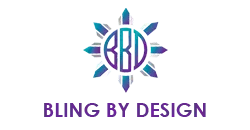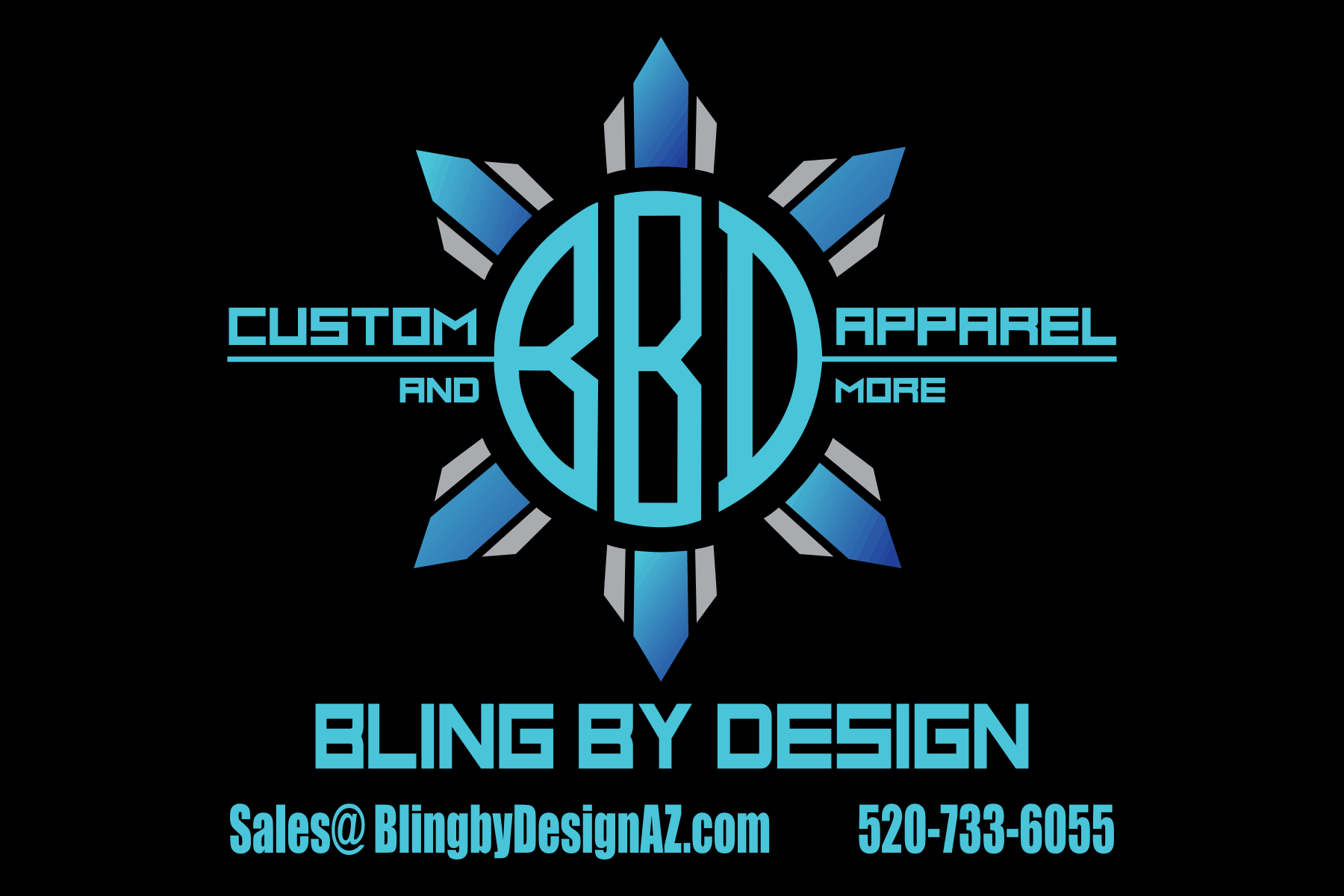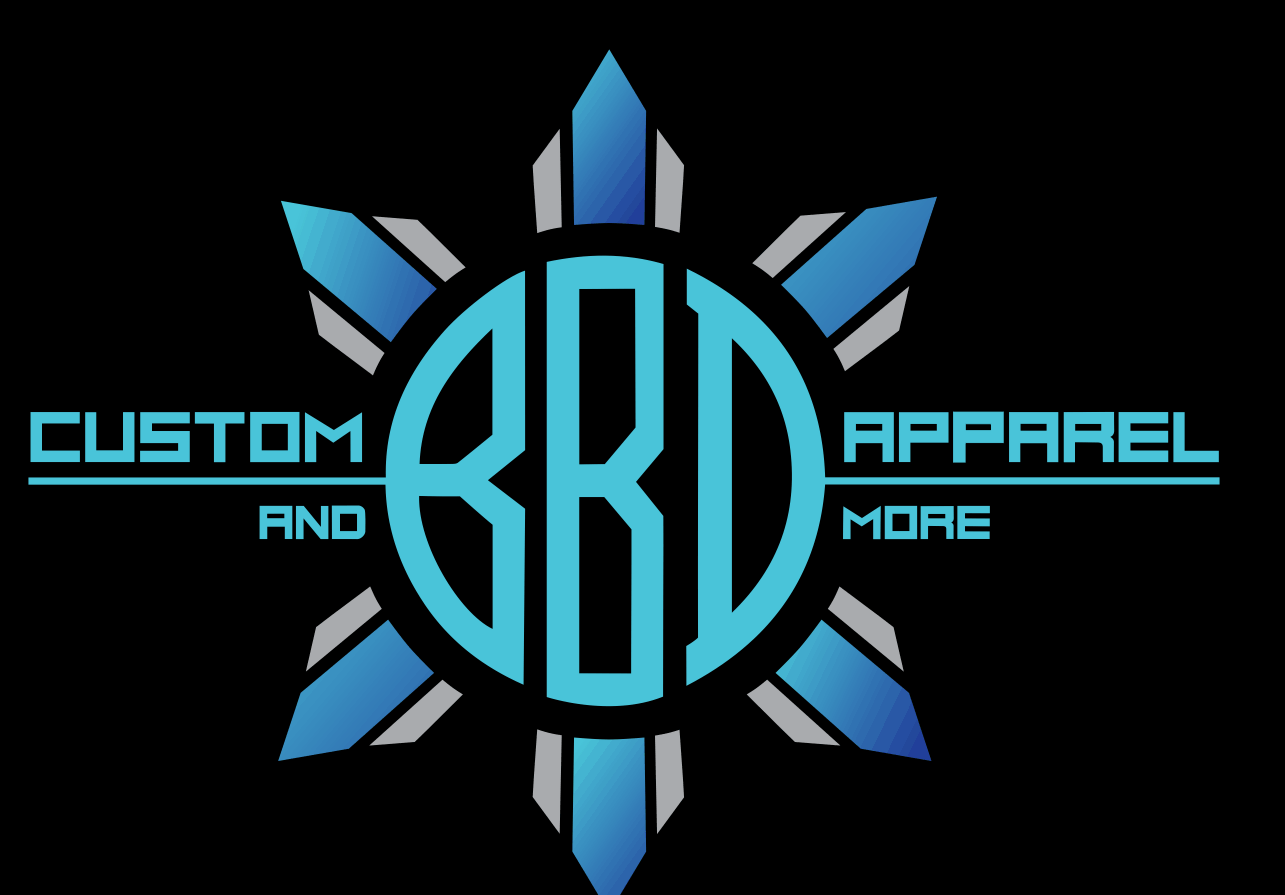What is the best material for screen printing?
AZ Marketing Masters • January 14, 2025
What Is the Best Material for Screen Printing?
Screen printing is a versatile and popular printing method used for various applications, from custom t-shirts and tote bags to posters and signage. One of the most critical factors for a successful screen printing project is selecting the right material. Each material type offers unique characteristics that affect print quality, durability, and ease of use. In this blog post, we’ll explore the best material for screen printing, discuss a few alternatives, and provide tips to help you make the right choice for your project.
Introduction to Screen Printing Materials
Before diving into specific materials, it’s essential to understand what makes a material ideal for screen printing. Key considerations include:
Surface texture: Smooth surfaces allow for cleaner, more detailed prints.
Absorbency: Some materials absorb ink better than others, affecting the print's vibrancy and durability.
Durability: Materials must withstand multiple washes or extended use, depending on the product.
Let’s explore the top materials and their pros and cons.
The Best Material for Screen Printing: 100% Cotton
100% cotton is widely regarded as the best material for screen printing, particularly for fabric-based projects like t-shirts, hoodies, and tote bags. Here’s why:
Advantages of 100% Cotton
Smooth Surface: Cotton has a soft and even surface, which allows for high-quality prints with sharp details.
Ink Absorbency: Cotton absorbs ink efficiently, ensuring vibrant and long-lasting designs.
Versatility: It works well with most screen printing inks, including water-based and plastisol inks.
Durability: Cotton fabric holds up well to washing and regular wear, making it ideal for apparel.
Drawbacks of 100% Cotton
Cotton can shrink slightly after washing, so pre-washing is recommended.
It’s generally more expensive than synthetic blends.
Other Great Materials for Screen Printing
1. Cotton-Polyester Blends
Cotton-polyester blends combine the softness of cotton with the durability of polyester, making them a versatile option for screen printing.
Advantages:
Less Shrinkage: The polyester content reduces shrinkage compared to 100% cotton.
Durability: Polyester fibers add strength, making the fabric more resistant to wear and tear.
Cost-Effective: Blends are often more affordable than pure cotton.
Drawbacks:
The polyester component can make the surface less absorbent, which may result in slightly duller prints.
Special care is needed when curing ink to avoid polyester scorching.
2. Polyester
Polyester is a popular choice for performance and activewear due to its moisture-wicking properties and lightweight feel.
Advantages:
Durable: Polyester is highly resistant to wear, making it ideal for outdoor or high-activity use.
Moisture-Wicking: This feature makes it perfect for athletic garments.
Print Longevity: Modern inks like sublimation inks bond exceptionally well with polyester.
Drawbacks:
Polyester's smooth, synthetic surface can be challenging for traditional screen printing inks.
Requires specialized inks, such as discharge or sublimation, for optimal results.
3. Tri-Blends
Tri-blends are made from a combination of cotton, polyester, and rayon, offering a super-soft feel and a vintage look.
Advantages:
Soft Texture: Tri-blends are incredibly soft and comfortable to wear.
Unique Look: The rayon content gives prints a slightly faded, vintage effect.
Stretchability: Rayon adds a degree of flexibility, making tri-blends great for activewear or casual fashion.
Drawbacks:
Difficult to print due to the stretchy nature of rayon.
May require heat-pressing or special additives to set the ink properly.
4. Canvas
Canvas is another excellent option for screen printing, especially for non-apparel projects like tote bags, wall art, or banners.
Advantages:
Durability: Canvas is highly durable, making it perfect for heavy-use items like bags.
Versatile Surface: Works well with both water-based and plastisol inks.
Large Print Areas: Its wide, flat surface is ideal for large, intricate designs.
Drawbacks:
Heavier than fabric options, which may limit its use for certain apparel items.
Requires more ink due to its absorbent nature.
5. Nylon
Nylon is often used for outdoor gear like backpacks, jackets, and promotional items.
Advantages:
Water-Resistant: Nylon is perfect for products exposed to moisture.
Durable: Withstands wear and tear, making it ideal for heavy-duty applications.
Drawbacks:
Nylon requires special inks and additives to ensure proper adhesion.
Challenging to heat-cure due to its low melting point.
Tips for Choosing the Right Material for Screen Printing
Understand the Project Requirements:
If you're printing on t-shirts for everyday wear, 100% cotton or cotton-poly blends are ideal.
For outdoor gear, opt for nylon or polyester.
Consider the Ink Type:
Water-based inks work well with natural fibers like cotton.
Plastisol inks are versatile and adhere to most materials but require heat curing.
Think About Durability:
For items that will undergo frequent washing, like t-shirts, choose durable materials like cotton or blends.
For less frequently used items, such as tote bags or banners, canvas or polyester are suitable.
Evaluate Cost and Volume:
If you’re printing a large batch on a budget, blends are more cost-effective than 100% cotton.
For premium, high-quality prints, invest in natural materials.
Best Practices for Screen Printing Success
- Pre-Treat the Material: Pre-wash fabrics like cotton to prevent shrinkage and ensure ink adhesion.
- Test Prints: Conduct a test print on a small section to ensure the design looks as expected.
- Use the Right Mesh: Choose a screen mesh size appropriate for the material and design complexity.
- Proper Curing: Ensure the ink is properly cured to enhance print longevity and durability.
Choosing the best material for screen printing depends on your project’s needs and priorities. While 100% cotton remains the gold standard for its quality and ease of use, alternatives like cotton-poly blends, polyester, tri-blends, canvas, and nylon provide unique benefits for specific applications. By understanding the properties of each material and following best practices, you can create stunning and long-lasting screen-printed products tailored to your audience.




